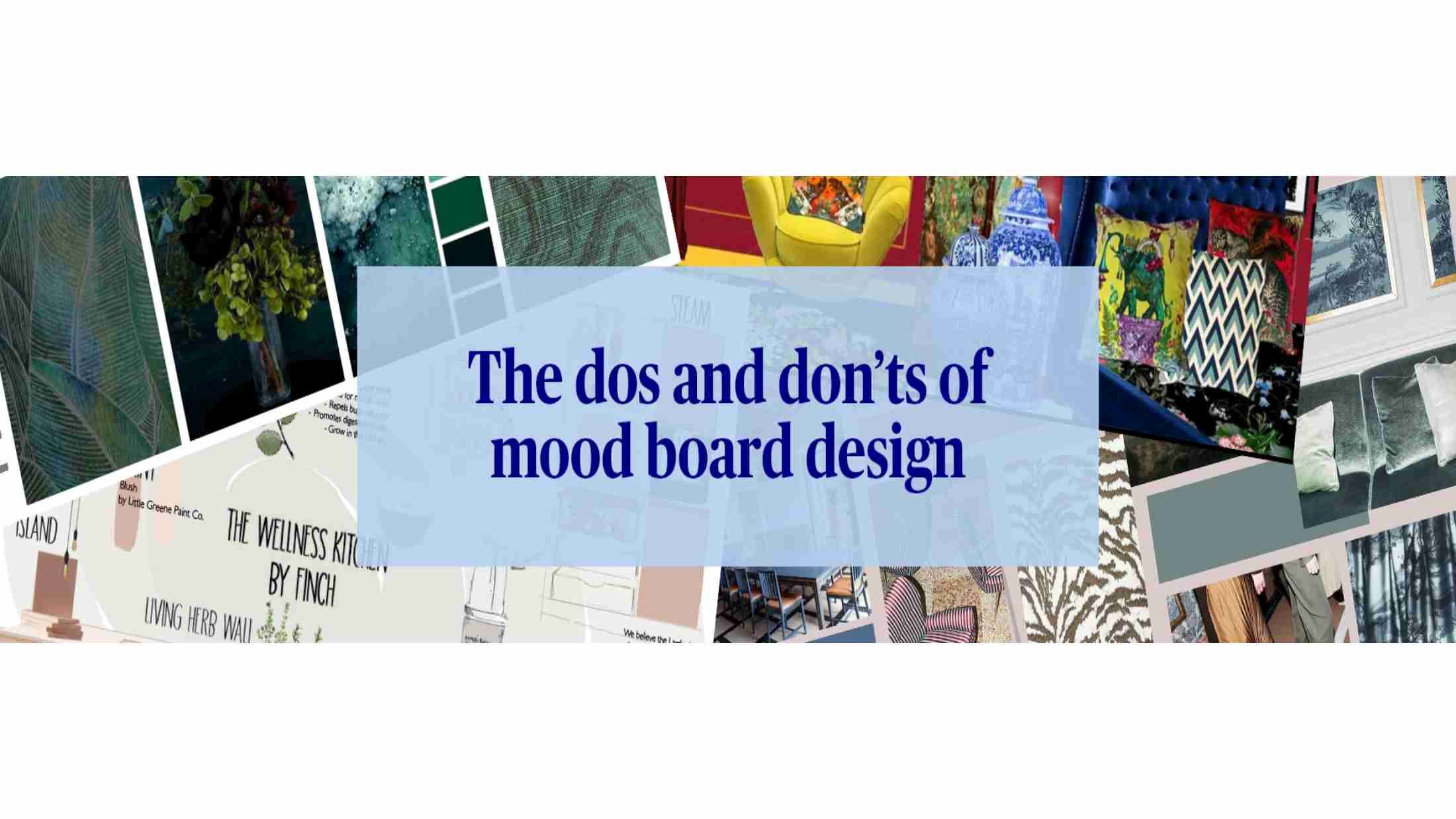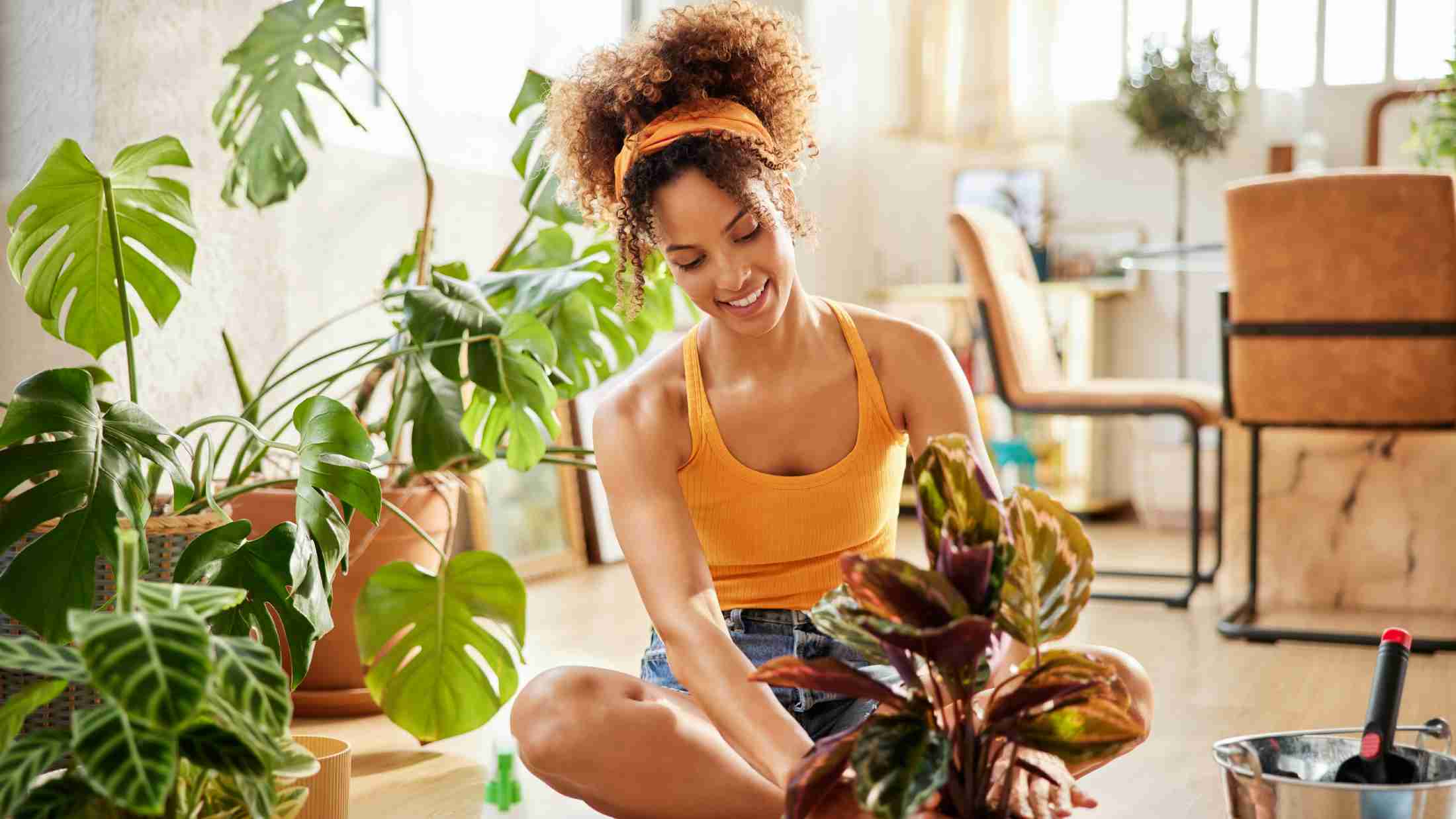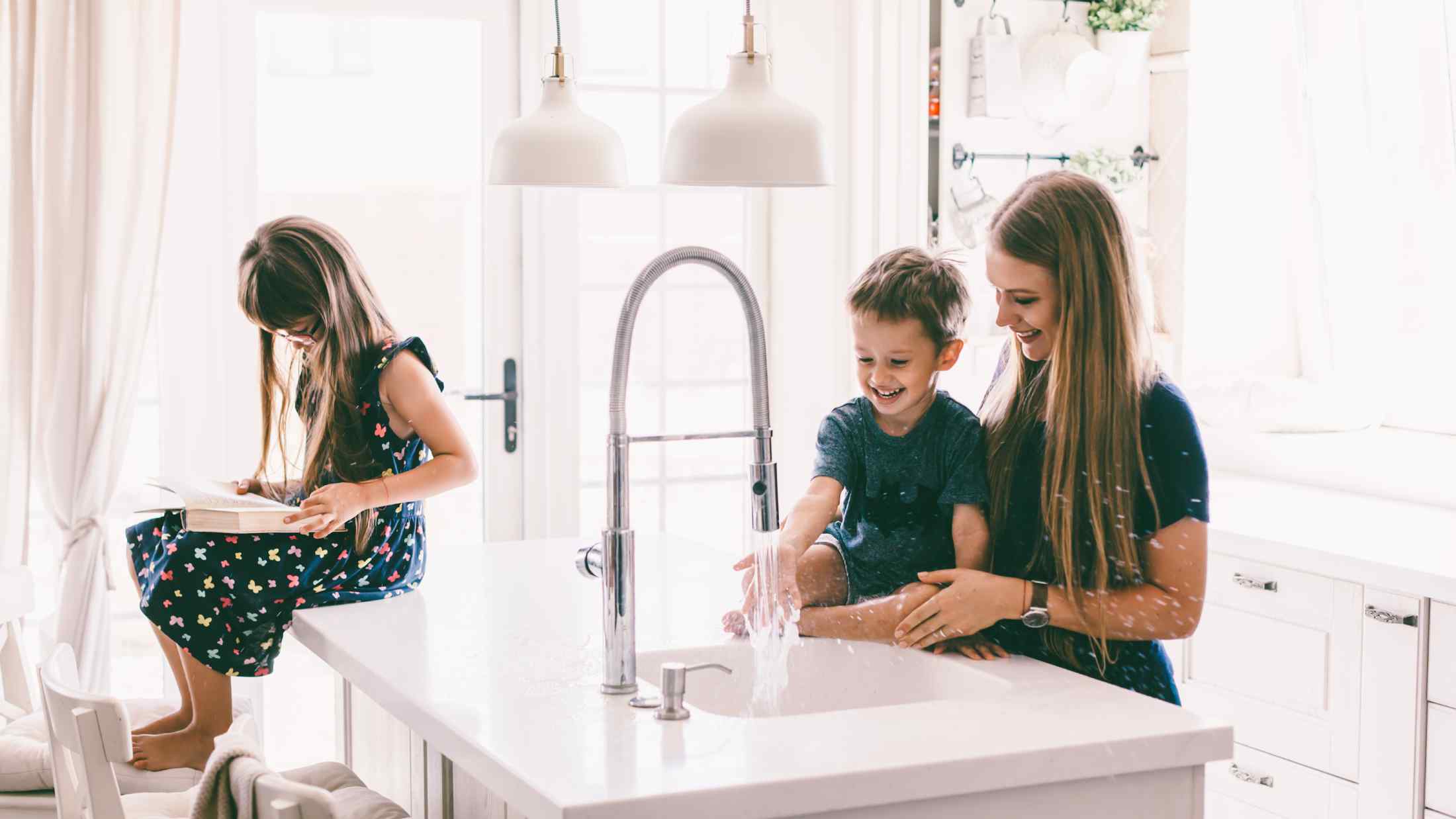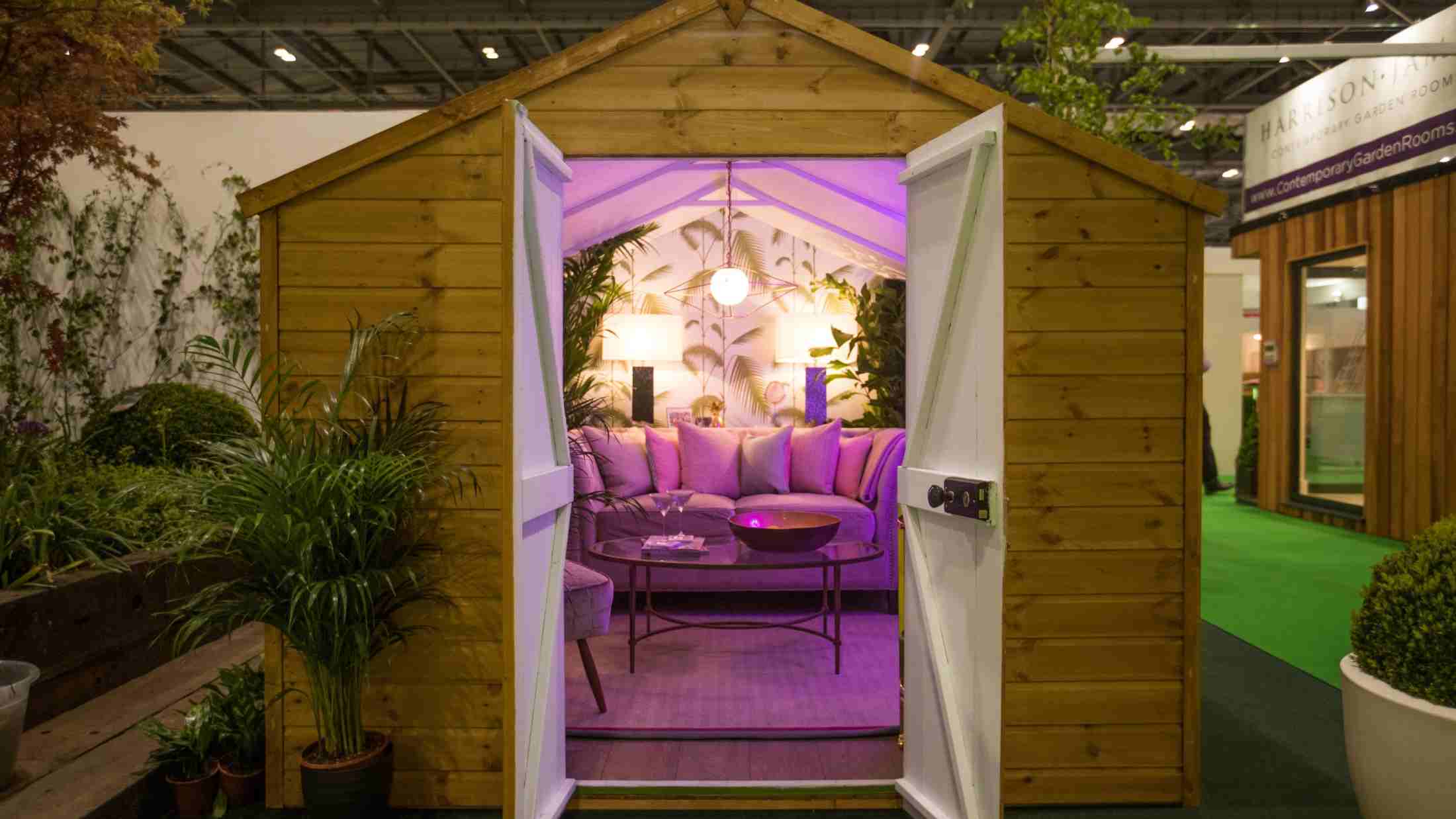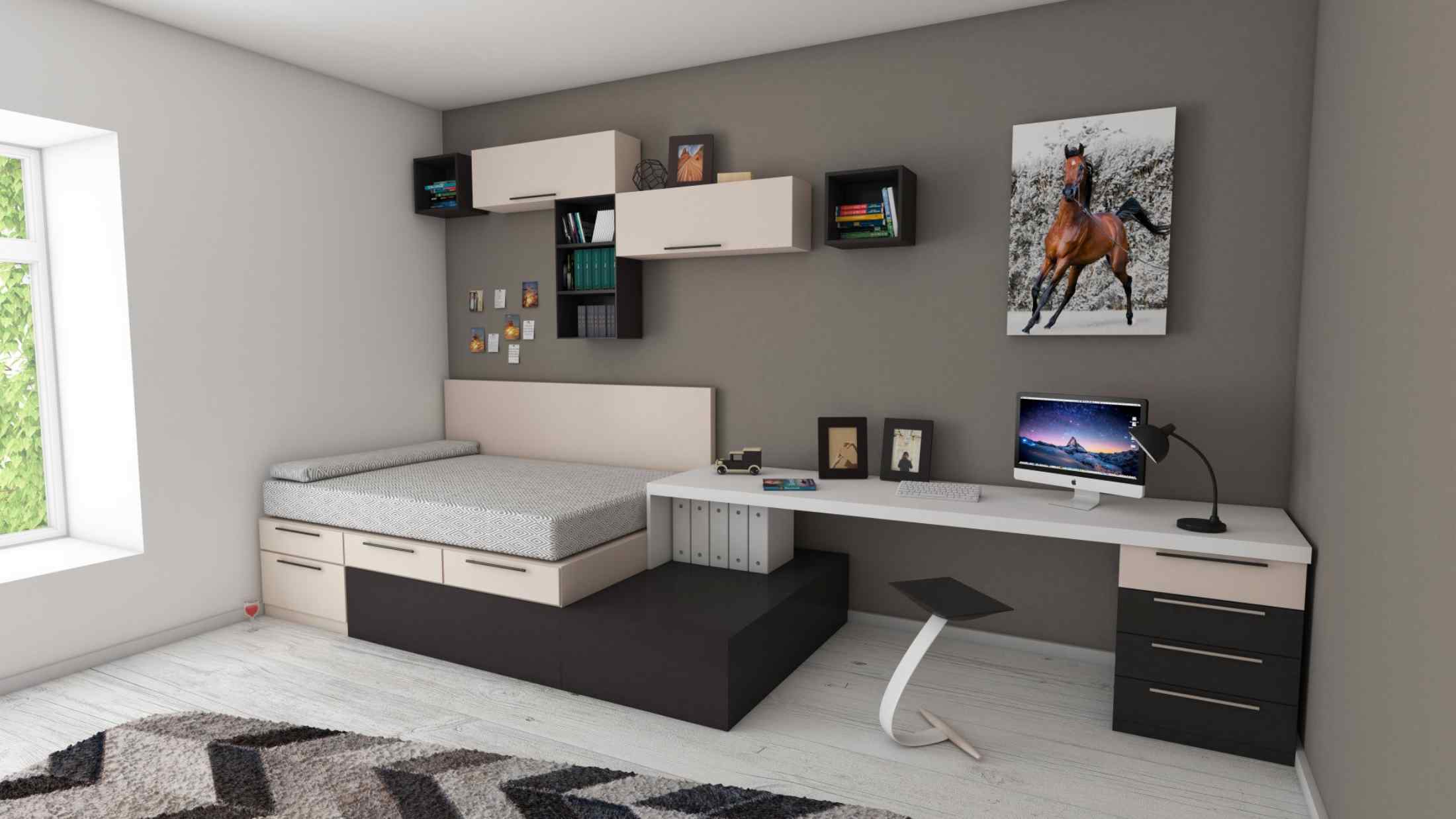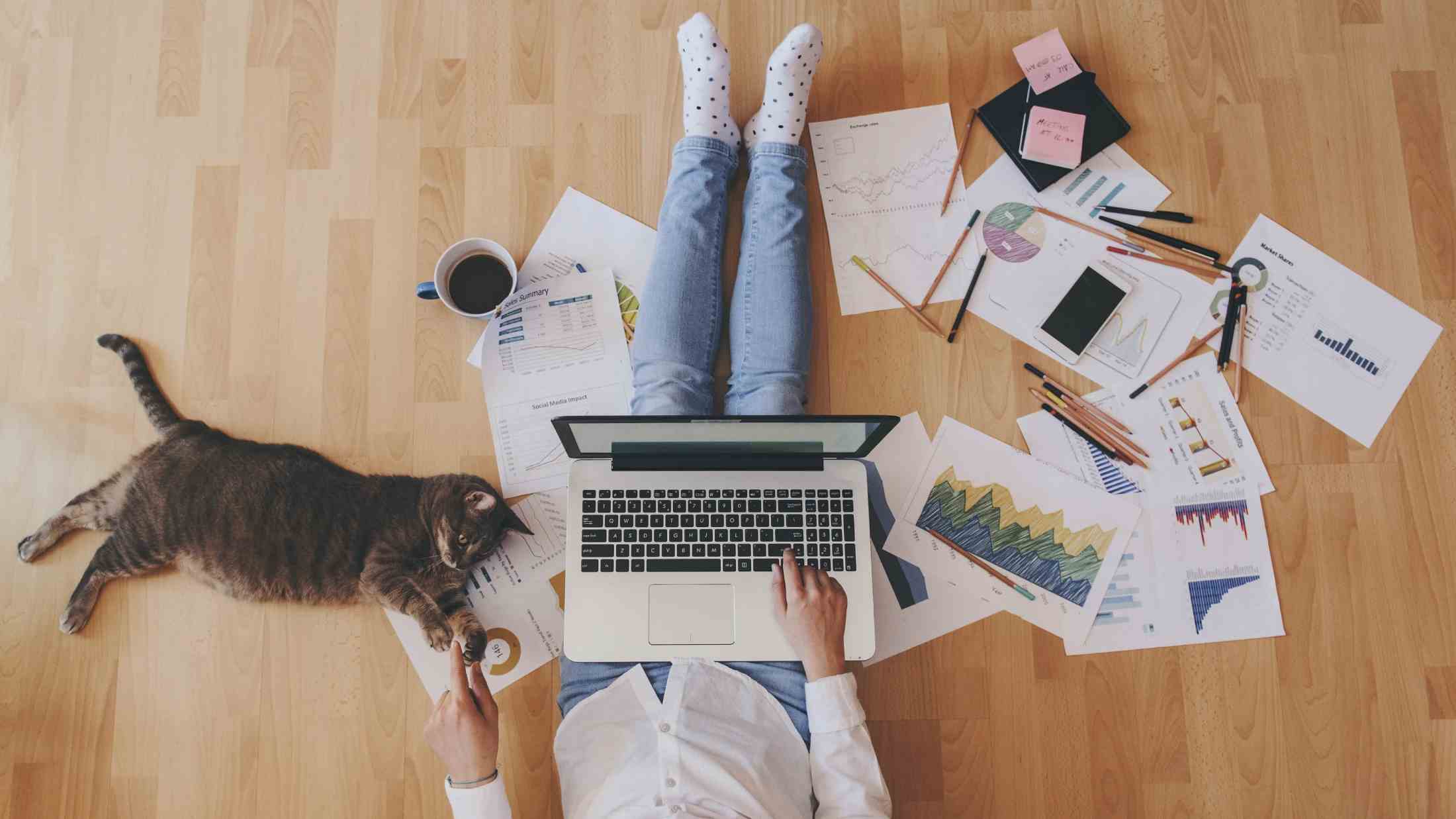Planning a home redesign but don’t know where to start? Thinking of remodelling your rooms but don’t know how to bring your vision to life? The answer up every good designer’s sleeve is a mood board.
A mood board is a collage of various design ideas, textures and fabrics. Designers use mood boards in the early stages of a project to help map out the ideal look or theme of the finished product.
But mood boards aren’t just for large-scale interior design projects – they can be used for any size of design work, from redecorating the spare bedroom to upcycling a pre-loved wardrobe.
We sat down with designers Rebecca Jones from Dappled Interiors and Lynne Lambourne to discuss mood boards, how colour goes a long way, and why giant plant leaves aren’t such a bad idea…
What top tips would you give someone creating their first mood board?
Rebecca: Don’t overthink it! Sounds simple I know, but mood boards can quite easily become over thought and in the end can look like a hot mess! You need to keep it really simple, only allowing the items and colours you truly love to make the cut.
How do you guys get your ideas?
Lynne: I usually spot a piece of art work or a fabric and fall in love with the colours. I’m always inspired by what I see around me: hotel rooms, restaurants, pictures in magazines, travel. I usually have a vague idea of how I want the room to look and feel, and the mood board allows me to stay on brief and identify exactly which of the many things I have seen will inspire my design.
Rebecca: My ideas can come from a number of places, sometimes the most unlikely! It might start from a killer piece of furniture, like a stunning sofa. Other times it’s come from a feather quill pen that stopped me in my tracks. From there it just snowballs.
So how do you get started?
Rebecca: The best way you can ever start a design is to literally stash away everything you love. Cut out and keep all inspirational images you come across in your favourite magazines. Pinterest is also a great place to find tons of unique styles, but don’t just ‘Pin’ them to never be seen again. Make sure you print them off and pop them with all your other finds.
Lynne: I agree. These days we’re very lucky as we have Pinterest to provide a whole host of images that you can save or print and use to create a board.
Rebecca: Yeah. It’s much easier to physically piece something together as opposed to digitally.
Lynne: I advise people to collect pictures that make their heart sing and inspire them. After a while the style that you’re thinking about and the colours that make you happy will become apparent through your collection. By doing this you’ll have unlocked your inner style thoughts!
What do you think makes a great mood board?
Rebecca: Everyone has a different opinion on this, but for me it’s about creating interest everywhere possible on the board. I find one of the best ways to do exactly that is by adding texture, so adding a splodge of paint and pieces of fabric. Mix these with the inspiring images you cut from magazines and found on Pinterest and you’ll be on to a winner.
Lynne: Yeah. It’s all about the colours and textures. You don’t need to be too detailed about the final design measurements. A mood board should just give a flavour of your thoughts behind the final design, to express the vision you have in mind for the project.
So what are the key things you should always include in a mood board?
Lynne: I always try to include the base colour as the background to the board. When I did my Grand Designs Room set, I knew I wanted to include a wood panel wall, so I made this the back drop of my mood board. It’s also useful to include a few images of things with that colour too. They don’t have to be included in the actual room, but give an idea of how the colours will work together.
Rebecca: And don’t just add the obvious! So, if you’re trying to design a living room, don’t just include the key pieces like a sofa and console table. Make sure you add accessories like plants, coffee table books and candles, to even teeny trinket bowls that will sit on the mantelpiece. These items soften the overall look of the board and can bring the design together.
Lynne: I actually attached giant rubber plant leaves to my mood board for Grand Designs! It was quite a plant-based design and I wanted to relay that. It worked!
And what are the mood board no-nos?
Rebecca: There are no boundaries. Go crazy! I’ve been known to add a full bottle of bubbly on a mood board before. The final board obviously had to be photographed for the client to see, but it’s all about creating those interesting layers.
Lynne: I’d say just don’t get too technical. It needs to be a tool for inspiration and convey your creativity, not a tool to show if the plug socket will fit on the back wall!
And finally, how does a mood board help you create a winning space?
Lynne: I think the mood board helps you focus your mind and stick to your own design brief. It’s very easy to see something in a shop or online and fall in love with it and get carried away, but when you pop it in the room it just doesn’t fit. Always refer to the mood board and have it somewhere prominent when you are working on the finer points of the design. It quite literally pops you back in the mood of that room whenever you look at it.
Rebecca: Even for a professional designer, at times it’s hard to envision how certain elements of a design will come together and work well. Putting these textures, colours and images together allows you to gauge what the completed space will feel and look like. For that reason alone, mood boards are really important!
Thanks guys!
